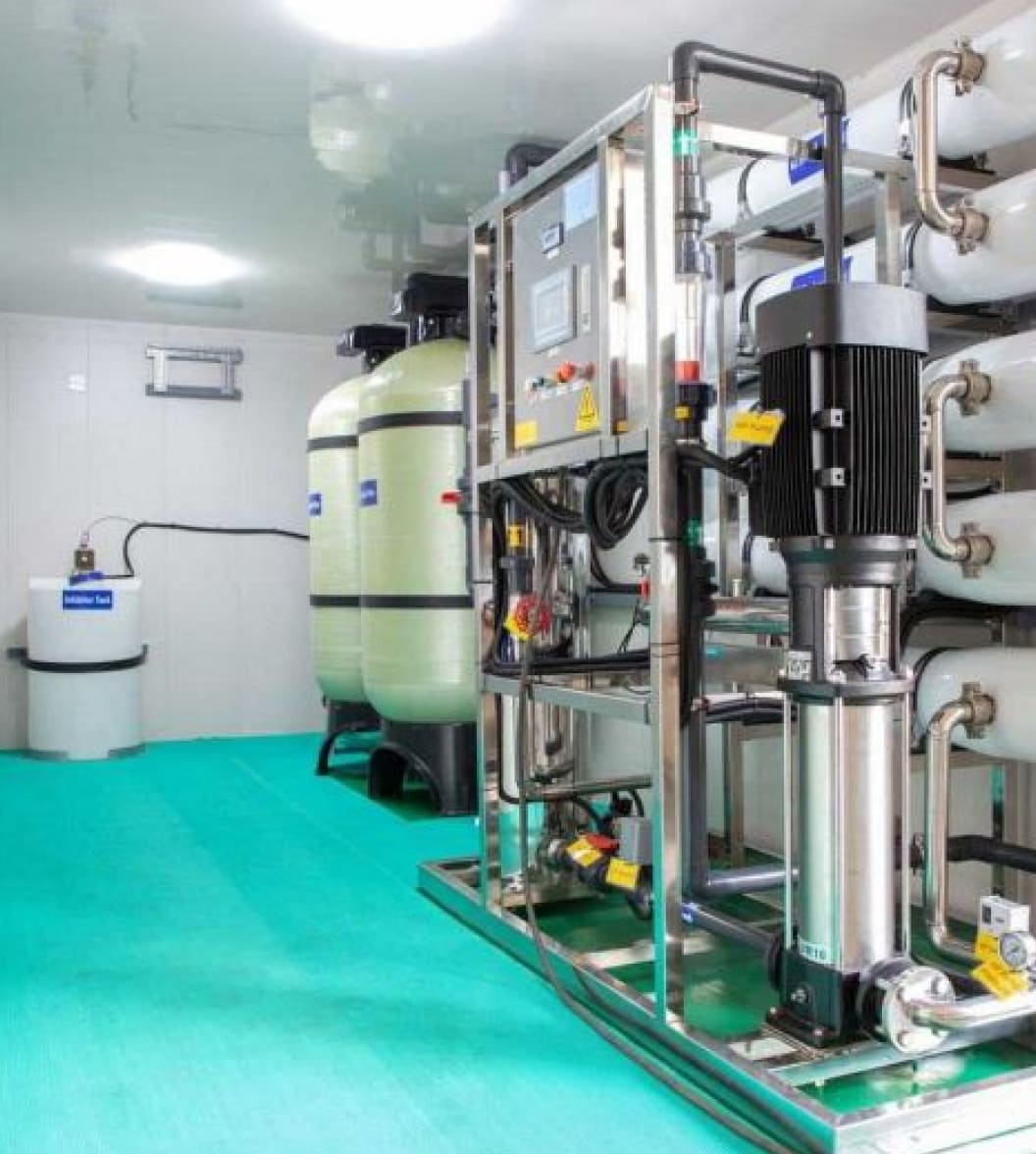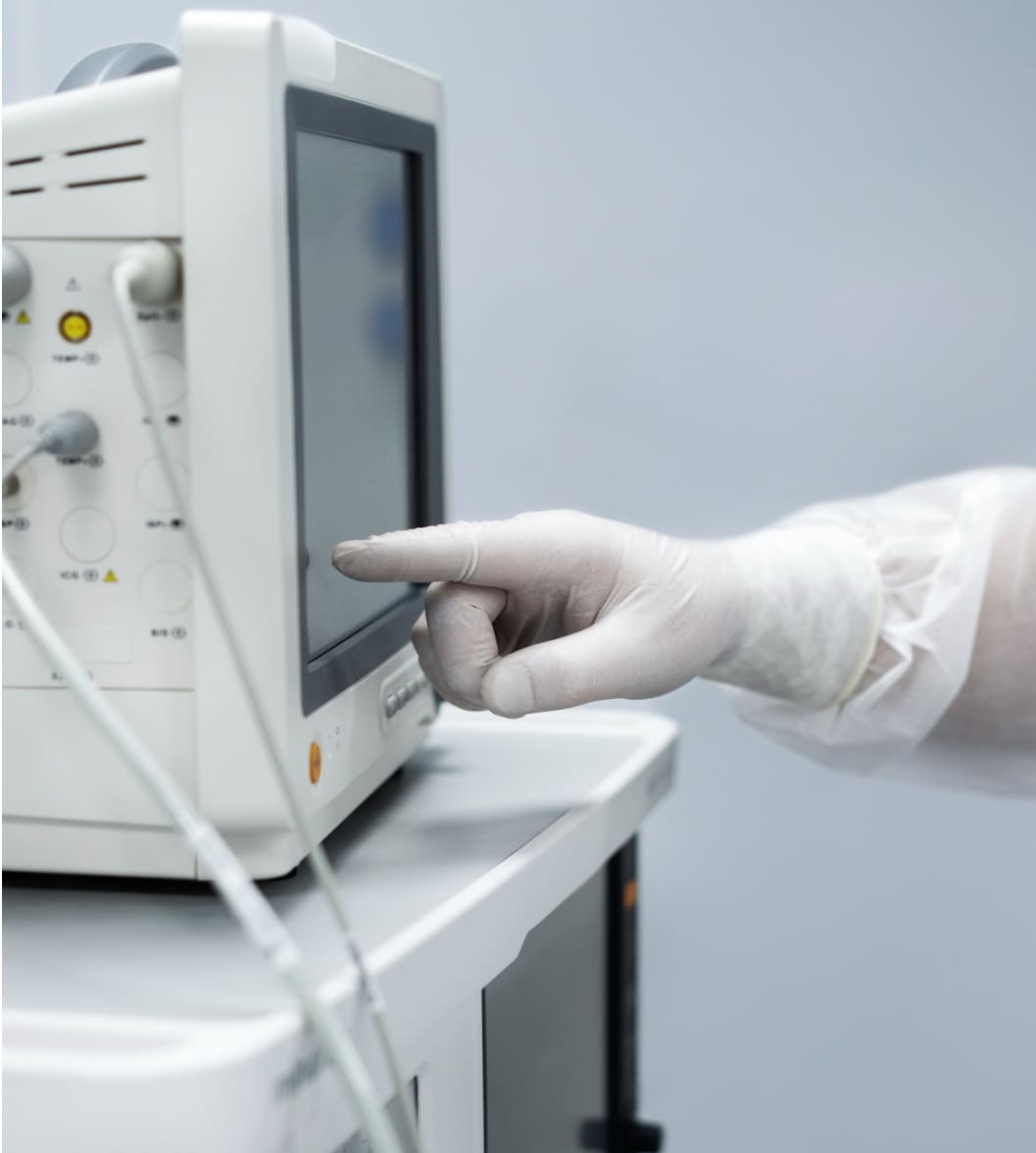Shortness of breath
Decreased urine output
Persistent high blood pressure
Difficulty sleeping
Difficulty sleeping
Itchy skin
Loss of appetite
Nausea and vomiting
Altered Behavior
To spot kidney disease, scans aren't enough—they only check kidney size, not how well they work. Doctors need specific tests to check both kidney structure and function thoroughly. By using a combination of tests, they can accurately diagnose kidney problems and create personalized treatment plans.





It is a simple process of purifying the blood by segregating the waste, excess fluids, and toxins using a dialyzer, which acts as a filter. It completes over several hours while the patient can watch TV, read a book, or listen to music.
During hemodialysis, blood is drawn from the patient's body through a vascular access point and passed through a dialyzer in the hemodialysis machine. Inside the machine, the blood comes into contact with a dialysate solution, which helps remove waste and excess fluid from the blood through a process called diffusion and osmosis.
The cleaned blood is then returned to the patient's body, completing the cycle. Hemodialysis sessions typically occur several times a week to ensure proper waste removal and fluid balance, with each session lasting several hours.

Our Client Testimonials
Our Client Testimonials

Get a Quick Check-Up Now! Learn your kidney status in minutes with our simple questions. Take control of your well-being today